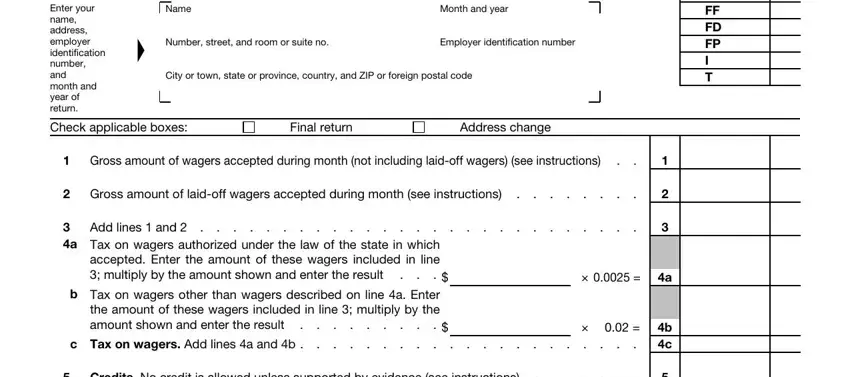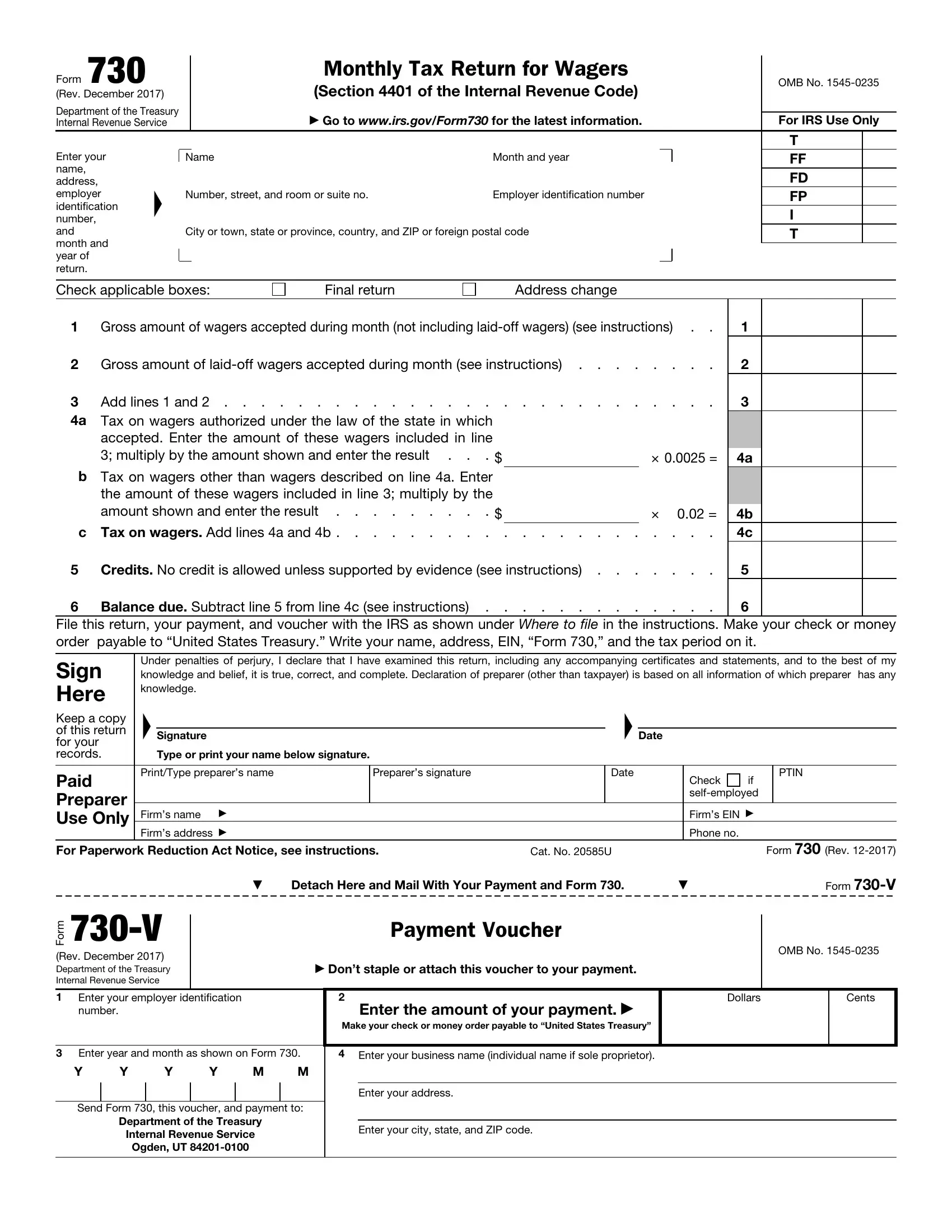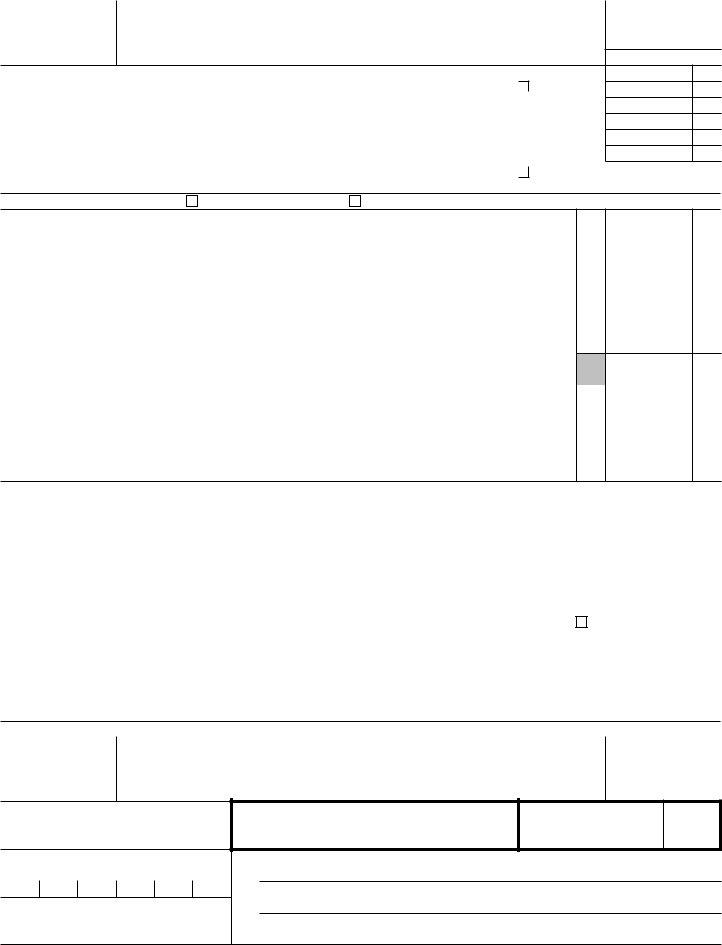Sports event. A sports event includes every type of amateur, scholastic, or professional sports competition, such as auto racing, baseball, basketball, billiards, bowling, boxing, cards, checkers, cricket, croquet, dog racing, football, golf, gymnastics, hockey, horse racing, lacrosse, rugby, soccer, squash, tennis, track, tug of war, and wrestling.
Contest. A contest is any competition involving speed, skill, endurance, popularity, politics, strength, or appearance, such as elections, the outcome of nominating conventions, dance marathons, log-rolling contests, wood-chopping contests, weightlifting contests, beauty contests, and spelling bees.
Wagering pool. A wagering pool conducted for profit includes any method or scheme for giving prizes to one or more winning bettors based on the outcome of a sports event, a contest, or a combination or series of these events or contests if the wagering pool is managed and conducted for the purpose of making a profit. A wagering pool or lottery may be conducted for profit even if a direct profit doesn’t occur. If you operate the wagering pool or lottery with the expectation of a profit in the form of increased sales, attendance, or other indirect benefits, you conduct it for profit.
Lottery. This includes the numbers game, policy, punch boards, and similar types of wagering. In general, a lottery conducted for profit includes any method or scheme for the distribution of prizes among persons who have paid or promised to pay for a chance to win the prizes. The winning prizes are usually determined by the drawing of numbers, symbols, or tickets from a wheel or other container, or by the outcome of a given event.
It doesn’t include either of the following kinds of events.
•Games of a type in which usually the wagers are placed, winners are determined, and the prizes are distributed in the presence of everyone who placed a wager. Card games, roulette games, dice games, bingo, keno, and gambling wheels usually fall within this exception.
•Drawings conducted by a tax-exempt organization, if the net proceeds of the drawing don’t benefit a private shareholder or individual.
What isn’t taxed. The tax isn’t imposed on the following five items.
•Parimutuel wagering, including horse racing, dog racing, and jai alai, when it’s licensed under state law.
•Coin-operated devices, such as slot machines, pinball machines, or video games.
•Sweepstakes, wagering pools, or lotteries that are conducted by an agency of a state, if the wager is placed with the state agency or its authorized agents or employees.
•Games of the type in which all persons placing wagers in the game are present when wagers are placed, winners are determined, and prizes or other property are distributed.
•Drawings conducted by an organization exempt from tax under sections 501 and 521, as long as the net proceeds of the drawing don’t benefit a private shareholder or individual.
Line 2. Enter the gross amount of any laid-off wagers accepted during the month. Gross laid-off wagers are the total of those laid-off wagers that are authorized and those that aren’t authorized by the state in which they are accepted.
Lines 4a and 4b. Enter the applicable amount included in line 3. Multiply the amount by the rate shown and enter the result. The rate of tax depends on whether the wager is authorized by the laws of the state in which the wager was accepted. The lower rate applies to wagers that are authorized by state law.
Line 5. You may be able to claim a credit for the amount of any overpayment of tax or for the amount of tax imposed with respect to a wager that you laid off. You may also use Schedule 6 (Form 8849), Other Claims, to make a claim for refund.
Credit for an overpayment of tax. Generally, you may claim a credit for any overpayment of tax. The claim must be filed within 3 years from the time the Form 730 reporting the tax was filed or 2 years from the time the tax was paid, whichever is later. No credit is allowed unless a statement of the facts involving the overpayment is attached that includes the following information.
•An explanation of the reason for claiming a credit.
•The date of payment and the amount of the tax.
•Whether any previous claim covering the amount involved, or any part, has been filed.
•A statement that you:
1.Haven’t collected (whether as a separate charge or otherwise) the amount of the tax from the person that placed the wager on which the tax was imposed, or
2.Have repaid the amount of the tax to the person that placed the wager, or
3.Have the written consent of the person that placed the wager to the allowance of the credit. The consent must be attached to the return.
Note. If the overpayment relates to a laid-off wager accepted by you, one of the three statements in the previous bullet must be attached for both the person who placed the laid-off wager with you and the person who placed the original wager.
Credit for wagers laid off by you. If you accept a wager and lay off all or a part of that wager with a person who is liable for tax, follow the rules below to claim a credit depending on whether or not you paid the tax.
If you haven’t paid the tax, you may claim a credit on Form 730 in the amount of the tax due for the laid-off wager, if the certificate described in Regulations section 44.6419-2(d) is attached to Form 730 for the month during which the wager was accepted and laid off.
If you have paid the tax, you may claim a credit for the tax paid on the laid-off amount. The claim must be filed within 3 years from the time the return reporting the tax was filed or 2 years from the time the tax was paid, whichever is later. Interest won’t be allowed on a credit for the tax imposed on a wager that you laid off.
No credit is allowed unless the following information is attached to the return for each laid-off wager:
•The certificate described in Regulations section 44.6419-2(d).
•A statement that includes (a) the reason for the credit, (b) the month in which the tax was paid, (c) the date of payment, and (d) whether any previous claim covering all or part of the amount involved has been filed.
Line 6. If line 4c is more than line 5, enter the difference on line 6. You don’t have to pay if line 6 is under $1.00. You may pay the amount shown on line 6 using the Electronic Federal Tax Payment System (EFTPS) or by check or money order. If you pay using EFTPS, don’t file Form 730-V, Payment Voucher.
Electronic payment. Now, more than ever before, businesses can enjoy the benefits of paying their federal taxes electronically.
Whether you rely on a tax professional or handle your own taxes, the IRS offers you a convenient program to make it easier. Spend less time on taxes and more time running your business. Use EFTPS to your benefit. For information on EFTPS, visit www.eftps.gov or call EFTPS Customer Service at 1-800-555-4477.
Paid Preparer Use Only
A paid preparer must sign Form 730 and provide the information in the Paid Preparer Use Only section at the end of the form if the preparer was paid to prepare the form and isn’t an employee of the filing entity. The preparer must give you a copy of the form in addition to the copy to be filed with the IRS.
If you’re a paid preparer, enter your Preparer Tax Identification Number (PTIN) in the space provided. If you work for a tax preparation firm, you must also enter the firm’s name, address, and EIN. However, you can’t use the PTIN of the tax preparation firm in place of your PTIN.
You can apply for a PTIN online or by filing Form W-12, IRS Paid Preparer Tax Identification Number (PTIN) Application and Renewal. For more information about applying for a PTIN online, visit the IRS website at www.irs.gov/PTIN.







